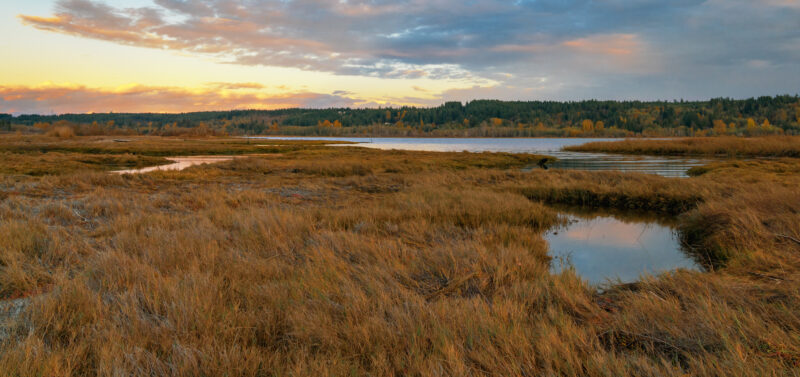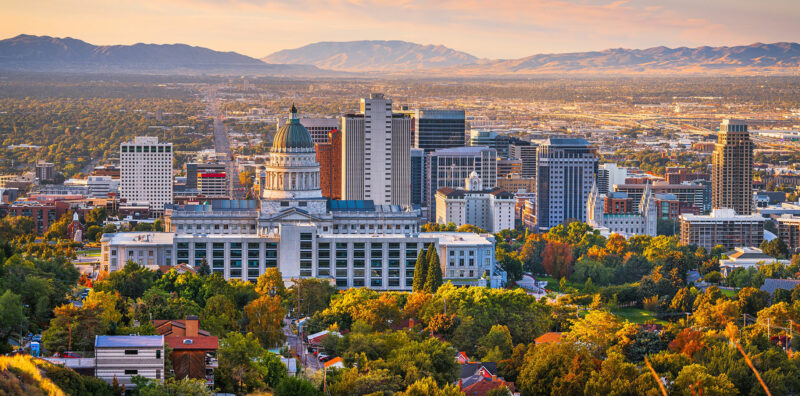The four proposed rules could amount to a substantial weakening of one of the United...

North Bay Baylands Regional Conservation Investment Strategy
The North Bay Baylands Regional Conservation Investment Strategy (RCIS) was developed to guide more strategic and successful conservation activities in the historic baylands of Marin, Sonoma, Napa, and Solano Counties. The RCIS identifies regional goals, objectives, priorities, and actions for the conservation and recovery of species and habitats in consideration of current threats and future environmental changes to the landscape.
Why does this project matter?
This project developed a comprehensive plan to protect and restore tidal marsh, freshwater marsh, and upland areas that provide critical wildlife habitat. The plan identifies actions for conserving land, adapting to sea level rise and climate change, restoring historic habitats, improving habitat connectivity, establishing partnerships, identifying and addressing data gaps, and more. The RCIS is designed to help local governments, conservation organizations, and land managers more strategically plan and fund projects with ecosystem benefits.
What is ESA doing to help?
ESA in partnership with the Metropolitan Transportation Commission (MTC), Caltrans, San Francisco Estuary Partnership, and Sonoma County Transportation Authority to develop the Regional Conservation Investment Strategy (RCIS) for the San Pablo Bay (North Bay) Baylands Region. ESA served as the prime consultant for this project, providing overall strategic direction, ecological technical studies, document preparation, and public engagement. ESA also assisted the project team in getting the RCIS approved by the California Department of Fish and Wildlife in May 2024. Now approved, the RCIS can be used to support planning efforts, funding applications, and Mitigation Credit Agreements, a new tool advance mitigation.
Connect with our team
Details
Location Novato, California

As the Petaluma River enters San Pablo Bay underneath Highway 37, the brackish tidal waters provide invaluable habitat for local endangered species.
News & Ideas
If finalized, the Waters of the United States Proposed Rule would reduce the geographic extent...
ESA’s federal strategy and NEPA experts have been staying abreast of the shifts in federal...
As we kick off 2026, our federal policy and permitting experts are hitting the road...
The following speech was delivered on November 7, 2025, in Salt Lake City, at The...
The commercial drone package delivery sector is growing rapidly, with multiple operators looking to gain...






